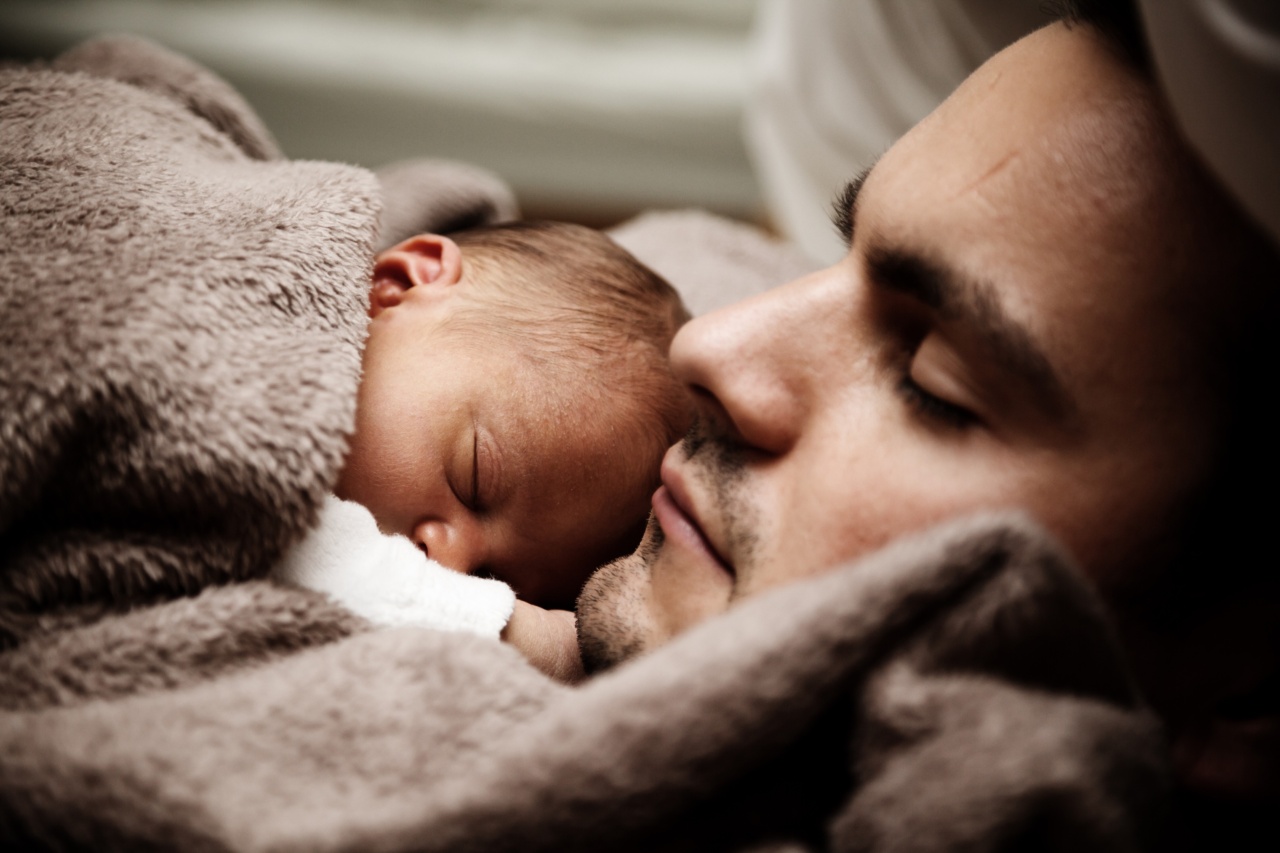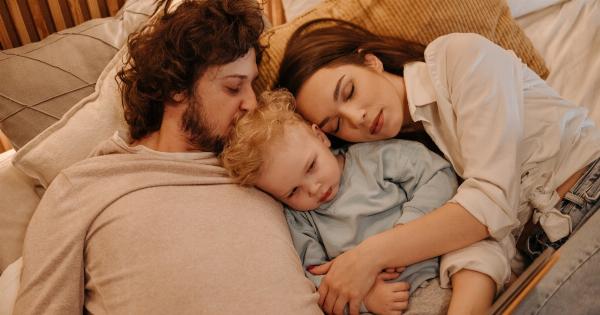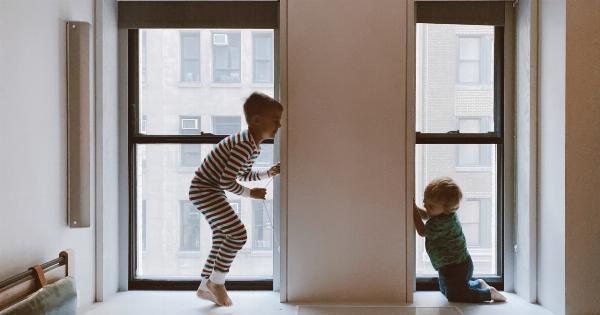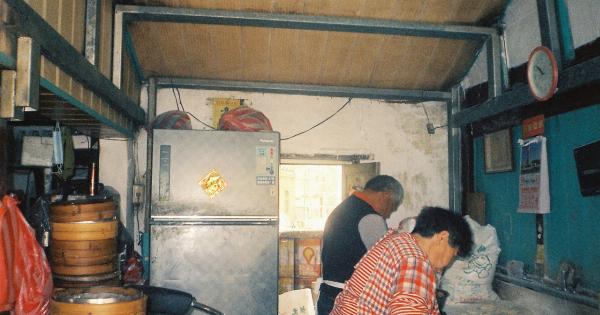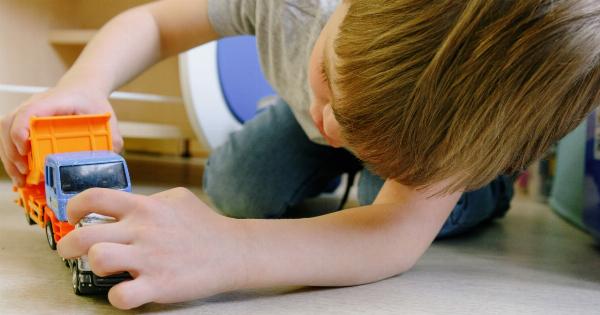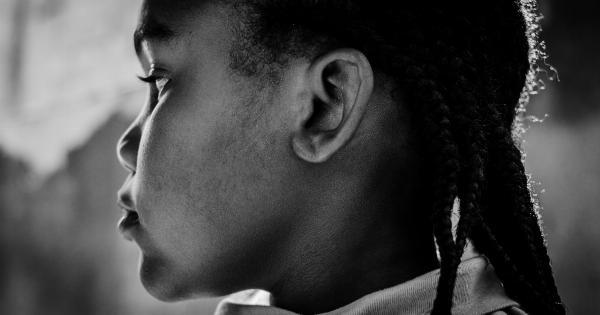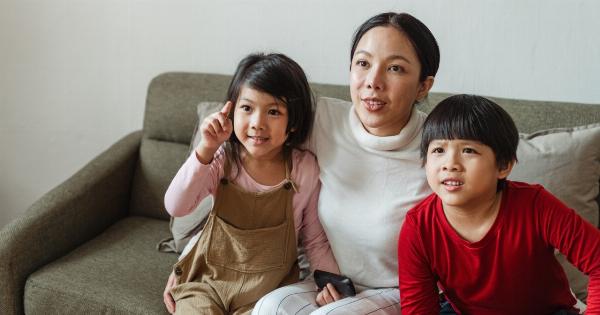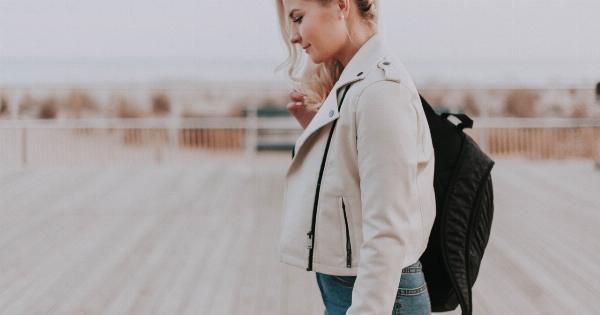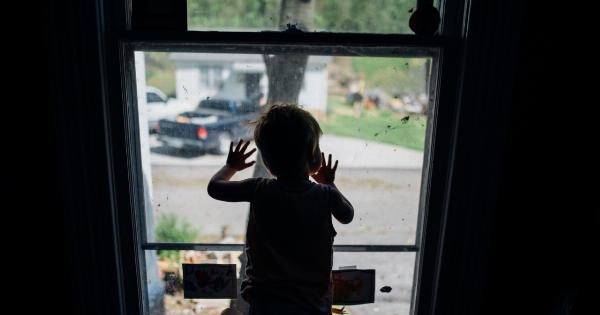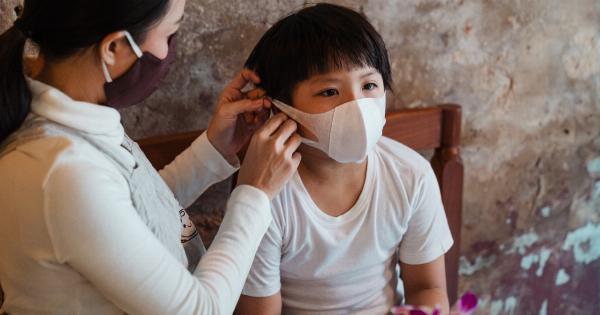A question that many new parents face is whether it is safe for their baby to sleep in their own room.
The American Academy of Pediatrics (AAP) recommends that babies should sleep in the same room as their parents for the first six months of their life to reduce the risk of sudden infant death syndrome (SIDS). However, after six months, many parents wonder whether it is still necessary for their baby to sleep in their room or whether it is safe for them to sleep in their own room.
Benefits of Sharing a Room With Your Baby
There are several benefits to sharing a room with your baby. Firstly, it can help to reduce the risk of SIDS. The AAP recommends room-sharing because it has been shown to reduce the risk of SIDS by as much as 50%.
Room-sharing allows you to monitor your baby while they sleep, so you can quickly respond if they have any trouble breathing or become distressed.
Secondly, sharing a room with your baby can help to strengthen the bond between you and your child.
Being close to your baby can help you to feel more connected to them, and can make it easier for you to respond to their needs, particularly during the night.
Finally, sharing a room with your baby can help you to get more rest. If your baby is close by, you can easily attend to their needs without having to get up and go to another room.
This can help you to get more restful sleep, which is essential for your own health and wellbeing.
When it is Safe for Your Baby to Sleep in Their Own Room
While room-sharing is recommended for the first six months of your baby’s life, after this time, it is generally safe for your baby to sleep in their own room. However, there are some factors that you should consider before making this decision.
These include:.
1. Your Baby’s Sleeping Habits
If your baby is a good sleeper and has no trouble sleeping through the night, then it is likely safe for them to sleep in their own room.
However, if your baby is a restless sleeper, is prone to waking up often during the night, or has trouble falling asleep, then it may be best to continue room-sharing for a little longer.
2. Your Own Comfort Level
Many parents find it difficult to let their baby sleep in their own room, particularly if they have become used to having their baby close by.
If you feel more comfortable having your baby in the same room as you, then it is perfectly fine to continue room-sharing until you feel more confident about letting your baby sleep independently.
3. Health Concerns
If your baby has any underlying health concerns, such as breathing problems or a history of SIDS in the family, then it may be best to continue room-sharing for longer.
You should speak to your pediatrician if you have any concerns about your baby’s safety.
Tips for Safe Sleeping in Your Baby’s Own Room
If you have decided that it is time for your baby to start sleeping in their own room, there are some steps you can take to ensure that they are safe and comfortable. These include:.
1. Choose a Safe Sleeping Environment
When setting up your baby’s room, ensure that their sleeping environment is safe and free from any hazards.
This includes ensuring that they sleep on a firm and flat surface, that their crib or bassinet meets safety standards, and that there are no loose bedding or soft objects in the sleeping area.
2. Use a Baby Monitor
A baby monitor can help you to keep a close eye on your baby while they sleep. Choose a monitor with a clear sound and video quality, and ensure that the monitor is set up correctly and working properly before your baby goes to sleep.
3. Practice Safe Sleeping Techniques
Even when your baby is sleeping in their own room, it is important to follow safe sleeping techniques to reduce the risk of SIDS.
These include placing your baby on their back to sleep, ensuring that there is no soft bedding or objects in the crib, and keeping the room at a comfortable temperature.
In Conclusion
While room-sharing is recommended for the first six months of your baby’s life, after this time, it is generally safe for your baby to sleep in their own room.
However, it is important to consider your baby’s sleeping habits, your own comfort level, and any health concerns before making this decision. By following safe sleeping techniques, and taking steps to ensure that your baby’s sleeping environment is safe and comfortable, you can help to ensure that your baby gets the restful sleep they need to grow and develop.
